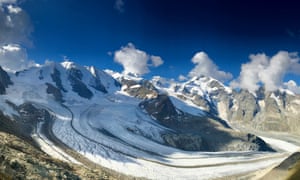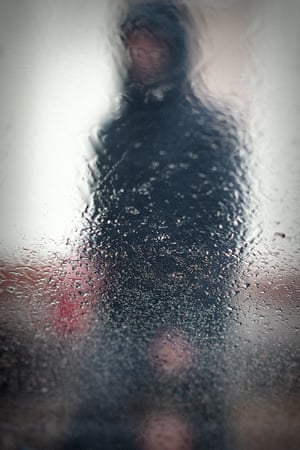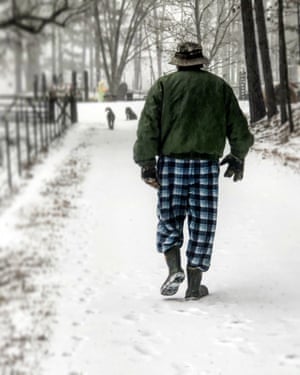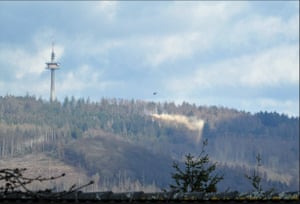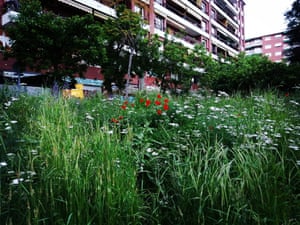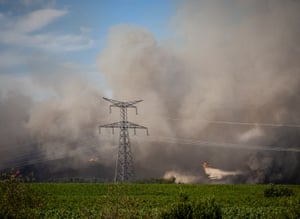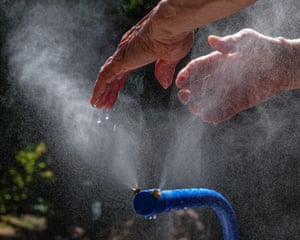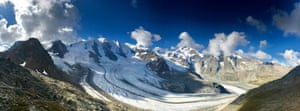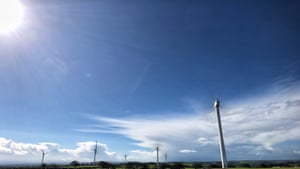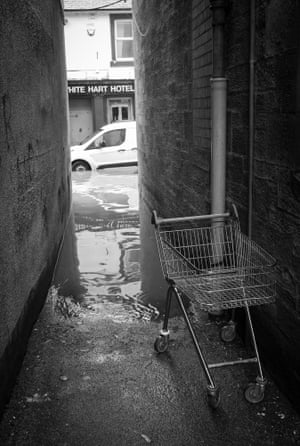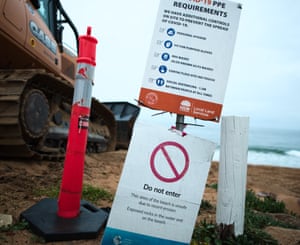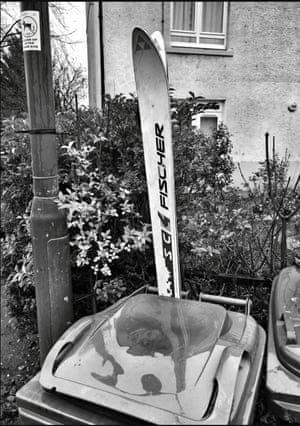Gluing yourself to the road is one way to protest environmental collapse. Suing fossil fuel companies is another.
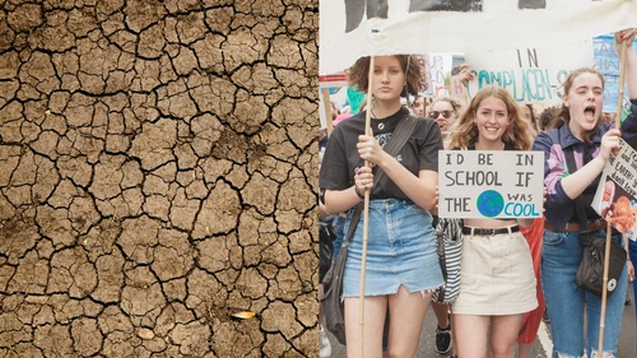
|
|
Drought-ridden land next to a group of young activists |
The short answer is: no.
If you’re someone who prefers pen and paper, using the law is a great way to get your point across. An increasing number of successes involve using litigation to hold companies and governments to account over their climate pledges.
In 2021, a court case against Shell brought by 17,000 Dutch citizens and seven organisations, including Friends of the Earth International, successfully ruled that the company must reduce its emissions.
ClientEarth is an environmental law charity that uses treaties like the Paris Agreement to bring climate criminals to justice. VICE spoke to one of their lawyers, April Williamson, to find out how you, a lowly individual, can hack the law to fight climate change.
VICE: So what actually is the Paris Agreement, and is it legally binding?
April Williamson: The Paris Agreement is an international agreement, which has been signed by almost every country in the world, concerning climate change. All signatories have agreed to limit global warming to well below two degrees Celsius, and are pursuing efforts to limit warming to below 1.5 degrees Celsius. The Paris Agreement is binding on all of its signatories. However, that doesn't mean that an individual or an organisation can directly sue a government for failing to uphold its obligations.

|
|
These Kids Are Suing European Governments Because of the Climate
Crisis. Tristan Kennedy
|
April Williamson: Typically, the Paris Agreement will be implemented at the national level through national laws. And so for example, in the UK, you have the Climate Change Act, which has legally binding targets to reduce carbon dioxide emissions in the UK by 100% (net zero) by 2050*. It's national laws like that which people can use to hold the government accountable.
Corporations are some of the biggest offenders when it comes to emissions. Are they part of the Paris Agreement?
April Williamson: Companies are not a party to the Paris Agreement, so they can't be held directly responsible. However, the agreement has been used to inform cases against companies – for example, there was a recent case in the Netherlands against Shell, where the courts found that it wasn't managing climate change risk appropriately and ordered it to reduce its emissions by 45 percent by 2030. That's a really important figure, because the scientific consensus is that that's what's required in order to meet the temperature targets.

|
|
Police clearing Extinction Rebellion tents in London.
Photo: ZENO MORINO / ALAMY STOCK PHOTO |
April Williamson: That's quite a complicated question. As you can imagine, cases like that require quite a lot of factual analysis. I think that the problem is that the way that many national laws have been set up dictates that emissions need to be reduced within a certain timeframe. But the way that the government decides to meet those emissions reduction targets and meet their ultimate goal is within their discretion. They can choose exactly how they plan to do that, as long as they meet those targets… Policies like reduced tax for domestic flights could mean that they're not meeting their targets, but that would require quite a lot of analysis to be able to see whether or not there's a strong case.
.

|
|
The Activist Who Keeps Exposing Environmental Racism in the
U.S. Geoff Dembicki
|
April Williamson: Through the passing of the Climate Change Act, we established the Climate Change Committee, which is an independent committee that reviews the government's performance against its targets. The government did meet its first two emissions reductions targets, which are set out over a five year timeframe, but it's estimated that it's going to be missing its future targets. So the government is in danger of not complying with UK legislation.
What will happen if it doesn't comply?
April Williamson: The government could be in danger of facing a judicial review, which is where somebody, an individual or an organisation, or a group of people, could bring the government to court to try and push it to comply with its obligations. A good example would be another case in the Netherlands, for example, which was brought by a charity called Urgenda. They essentially said that the government hadn't set adequate policy and wasn't doing enough to meet their target, and the court ordered them to have a certain amount of emissions reduced by a certain time. We're expecting to see more cases like that around the world.

|
|
Meet the Young Activist Suing the UK Government Over Climate
Change. Molly Lipson
|
April Williamson: You will have seen in the news that there are more and more natural disasters and extreme weather events affecting people. So sea level rise, flooding, wildfires, landslides; many of those things could affect people's right to life. People have died in some of these disasters, it affects their health, it could affect their property if their homes or anything else that they own is lost. Almost every government in the world, in addition to having signed the Paris Agreement, is also a party to various human rights treaties. Amongst those, you have the right to life and the right to property, which could be impacted by climate change. Last year, the UN Human Rights Council also adopted a resolution which recognises the right to a clean and healthy environment, and we're expecting that to be used in different litigation cases and human rights cases that might be related to climate change.

|
|
Extinction Rebellion protesters in London.
Photo: Chris Bethell |
April Williamson: In addition to climate specific laws, there are also quite a number of different laws that can be used to protect the environment more generally, like planning. For example when major infrastructure is built, there might be requirements on the emissions it can make. And this goes all the way down to quite small things like home insulation.
At an individual level, there are also quite a few existing laws, which are not necessarily designed to protect the environment, but which can be used to do so. There are corporate laws, where, for example, directors could potentially be held to account if they fail to identify and manage risks appropriately. You could also use consumer laws to make sure that people are aware of the impacts of the products they’re using, or that they’re being advertised to accurately in “green” marketing.
If you suspect a company is misleading the public with greenwashing – i.e., portraying themselves or their product as sustainable and climate-conscious when they are not – can you complain to the Advertising Standards Agency?
April Williamson: Yes, you certainly can. It's actually quite easy to complain. You don't need a lawyer, you don't need anyone to advise you. It's a simple form. And that could potentially trigger an investigation to see whether or not the advert is misleading, or shouldn't be run the same way again. You can also email ClientEarth for our ongoing investigations into greenwashing.
Is it actually worth emailing your MP to urge them on climate action?
April Williamson: Yes, it is definitely worth emailing your MP. An MP is there to represent their constituents, and will often have a good idea of what's important to people who are living in a constituency. By writing to your MP with a clear and concise summary of why you think climate change is important and what the issues are, it can be escalated as an issue for them so they can go on to take action.
What are the most powerful tools individuals have at their disposal to hold governments and companies to account for climate change?
April Williamson: It's definitely not outside of an individual's power to be able to bring a legal case. But litigation isn't the be all and end all. It's also really important to do things like activism, advocate for policy changes, and engage with the science to make sure that people like your MP are aware of the problem, understand all of the findings and can escalate it to try and get stronger laws and enforcement.
Links
- (UK Financial Times) Shell Climate Case Winner Targets Dozens More Companies
- (AU ABC) Beetaloo Basin Fracking Grants Ruled Invalid, 'Legally Unreasonable' In Court Challenge Brought By Environment Groups
- (China Dialogue) Climate Litigation Up In 2021, With Private Sector Now Exposed
- (AU BBC) The Teenagers And The Nun Trying To Stop An Australian Coal Mine
- (AU SMH) Can Court Cases, Boardroom Takeovers And Protests Save The Planet?
- (AU The Guardian) 'One More Mine Does Make A Difference’: Australian Children Argue For The Climate – And The Law Agrees
- (AU The Guardian) Australian Government To Appeal Ruling That It Must Protect Children From Climate Harm
- (AU) Top Judge Urges Lawyers To Take Stand On Climate Change
- Lethal Heating: Doctrine of Public Trust

